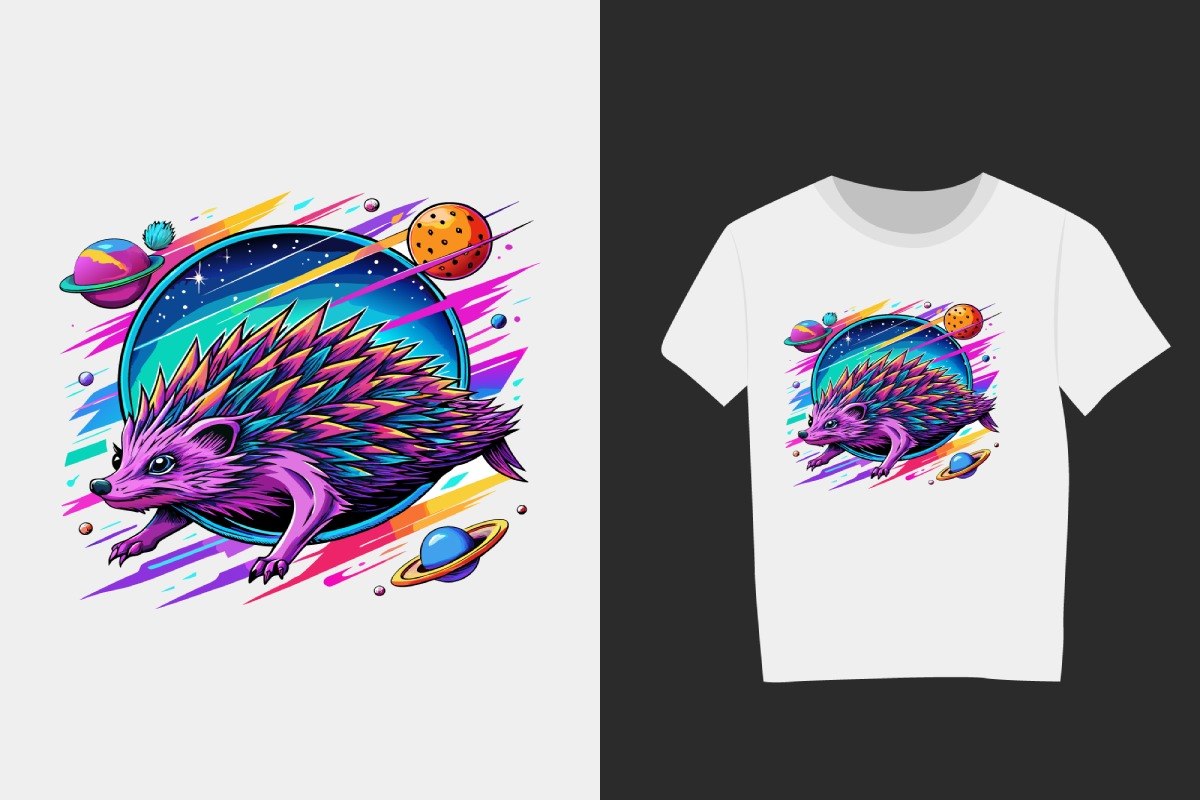
DTF Transfer Film: Best Types Explained
What is DTF Transfer Film?
DTF transfer film is a crucial component in the DTF transfers process, acting as the medium where designs are printed before being transferred onto fabric. Unlike traditional transfer papers, these films are designed to hold pigment inks and adhesive powder, ensuring a smooth and durable application. The quality of the film directly affects the vibrancy, adhesion, and longevity of DTF prints.
Types of DTF Transfer Films
There are different types of DTF transfer films available, each offering unique characteristics suited for specific printing needs. Cold peel films require cooling before peeling, resulting in a smoother and more durable finish. Hot peel films allow for immediate peeling after pressing, making production faster but sometimes affecting softness. Glossy films enhance color vibrancy and provide a sharper, more polished look. Matte films deliver a softer, more natural finish with reduced glare. Reusable films allow multiple transfers from a single sheet, reducing costs but requiring precise handling.
Choosing the Right DTF Transfer Film for Your Needs
Selecting the best DTF transfer film depends on the type of project and fabric you are working with. Cold peel films are ideal for premium apparel, providing a high-quality, smooth texture. Hot peel films work well for high-production environments where speed is a priority. Glossy films enhance vibrant colors and sharpness, making them suitable for bold designs. Matte films offer a more natural appearance, making them a great choice for subtle or vintage-inspired prints. Understanding your specific requirements will help you choose the most effective film for your printing needs.
Common Issues with DTF Transfer Films and How to Fix Them
Problems with DTF transfer films often arise from incorrect application techniques or low-quality materials. If the film does not release ink properly, adjusting the heat press temperature or peeling technique may resolve the issue. If colors appear faded, increasing the curing time or using a higher-quality film may help improve vibrancy. Peeling or lifting after washing is often a result of insufficient pressure or improper heat press settings. Troubleshooting these common issues ensures high-quality and long-lasting prints.
How to Store and Handle DTF Transfer Film for Best Results
Proper storage and handling of DTF transfer films help maintain their effectiveness and longevity. Storing films in a cool, dry environment prevents warping and ink absorption issues. Keeping them flat ensures they remain smooth and do not curl, which could interfere with printing accuracy. Avoiding direct exposure to sunlight and dust helps maintain the integrity of the film’s coating. Handling films with clean, dry hands minimizes the risk of contamination and ensures consistent transfer results.
Conclusion
Choosing the right DTF transfer film is essential for achieving high-quality DTF transfers. Whether you need a glossy or matte finish, hot peel for fast production, or cold peel for durability, selecting the correct film enhances print longevity and vibrancy. Proper handling, storage, and troubleshooting ensure consistent, professional-grade results in every transfer. Investing in high-quality materials and following best practices will significantly improve the overall printing experience.
FAQ
- What is the difference between hot peel and cold peel DTF transfer film?
- Hot peel allows immediate removal after pressing, while cold peel requires cooling for a smoother finish.
- Which DTF transfer film is best for dark fabrics?
- Both hot and cold peel films work on dark fabrics, but cold peel provides better opacity and adhesion.
- Why is my DTF transfer film not peeling correctly?
- Incorrect heat press settings, poor-quality film, or improper peeling technique may be the cause.
- Can I reuse DTF transfer film?
- Standard DTF transfer films are single-use, but some specialized films allow multiple transfers.
- How should I store DTF transfer film?
- Keep in a dry, cool place, away from sunlight and moisture, and store flat to prevent curling.
- What type of DTF transfer film provides the best color vibrancy?
- Glossy DTF transfer films enhance color richness and vibrancy.
- Why does my DTF print fade after washing?
- Low-quality film, incorrect pressing time, or poor ink adhesion can lead to fading.
- Can I print high-resolution images on any DTF transfer film?
- Yes, but premium films with high ink absorption yield better results for detailed designs.
- What happens if my DTF transfer film curls?
- Film curling is caused by improper storage; keeping it flat or in a sealed container prevents this issue.
- Is DTF transfer film better than heat transfer vinyl?
- Yes, DTF transfers allow full-color prints with better detail, while vinyl is limited to solid colors.






